When you think of Peru, what comes to mind? Machu Picchu, the Andes, or maybe the Amazon rainforest? But have you ever heard of the capybara Peru? These fascinating creatures are not only the largest rodents in the world but also a symbol of Peru’s rich biodiversity. Let’s dive into the world of capybaras, explore their unique traits, and discover why they’re becoming a must-see for wildlife enthusiasts visiting Peru.
What Makes Capybaras So Special?
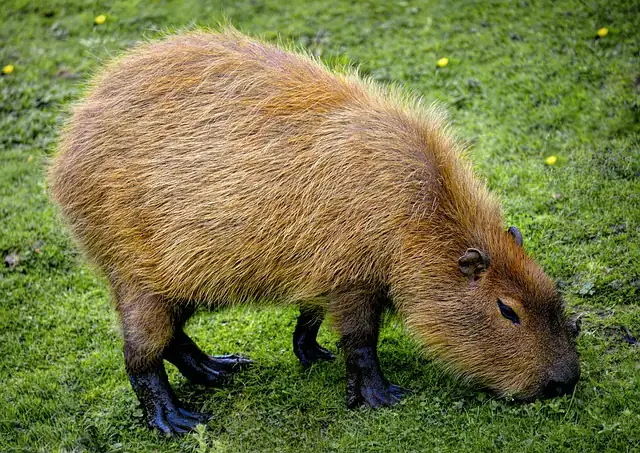
Capybaras, scientifically known as Hydrochoerus hydrochaeris, are native to South America, including Peru. They’re semi-aquatic mammals that thrive near rivers, lakes, and wetlands. With their barrel-shaped bodies, short legs, and friendly demeanor, they’ve captured the hearts of many. But what really sets them apart?
- Size Matters: Capybaras can grow up to 1.5 meters long and weigh as much as 66 kilograms, making them the largest rodents on Earth.
- Social Butterflies: These animals are highly social, living in groups of 10 to 20 individuals. They communicate through barks, whistles, and purrs.
- Aquatic Adaptations: Their webbed feet and ability to stay submerged for up to five minutes make them excellent swimmers.
Where to Find Capybaras in Peru
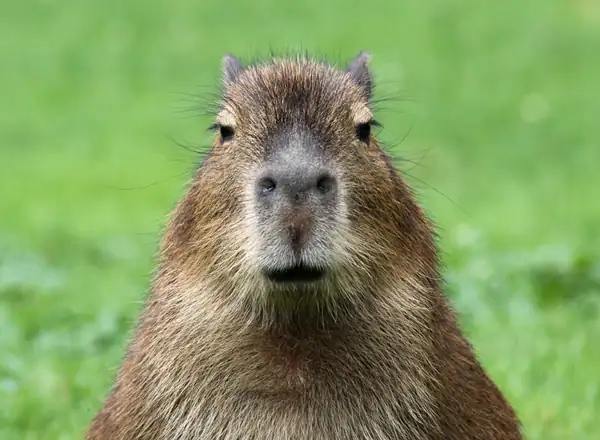
If you’re planning a trip to Peru and want to see capybaras in their natural habitat, here are some top spots:
- Amazon Rainforest: The Peruvian Amazon is home to a thriving capybara population. Areas like the Manu National Park and Pacaya Samiria National Reserve are perfect for wildlife spotting.
- Navi Fauna: Located between Lurín and Pachacámac, this wildlife center offers a unique opportunity to interact with capybaras and learn about their conservation.
- Wetlands and Rivers: Capybaras love water, so keep an eye out near rivers, lakes, and marshes during your travels.
Why Capybaras Are Crucial to Peru’s Ecosystem
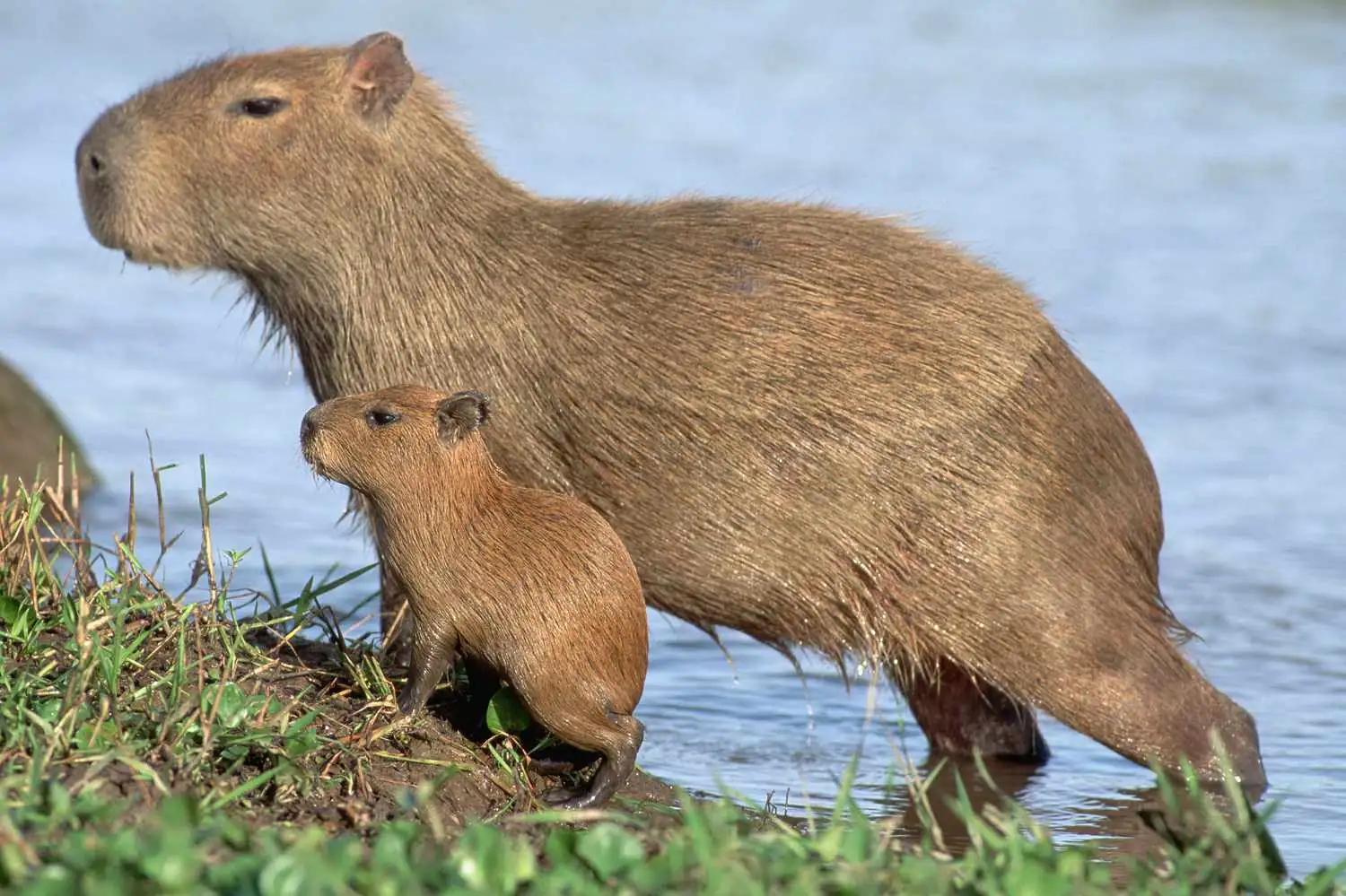
Capybaras aren’t just cute—they play a vital role in maintaining ecological balance. Here’s how:
- Natural Lawnmowers: Their herbivorous diet helps control vegetation, preventing overgrowth in wetland areas.
- Indicator Species: A healthy capybara population often signals a well-preserved ecosystem. In Peru’s protected areas, their presence indicates a 96% conservation success rate.
- Prey for Predators: Capybaras are a key food source for jaguars, anacondas, and caimans, supporting the food chain.
Capybaras and Tourism: A Growing Trend
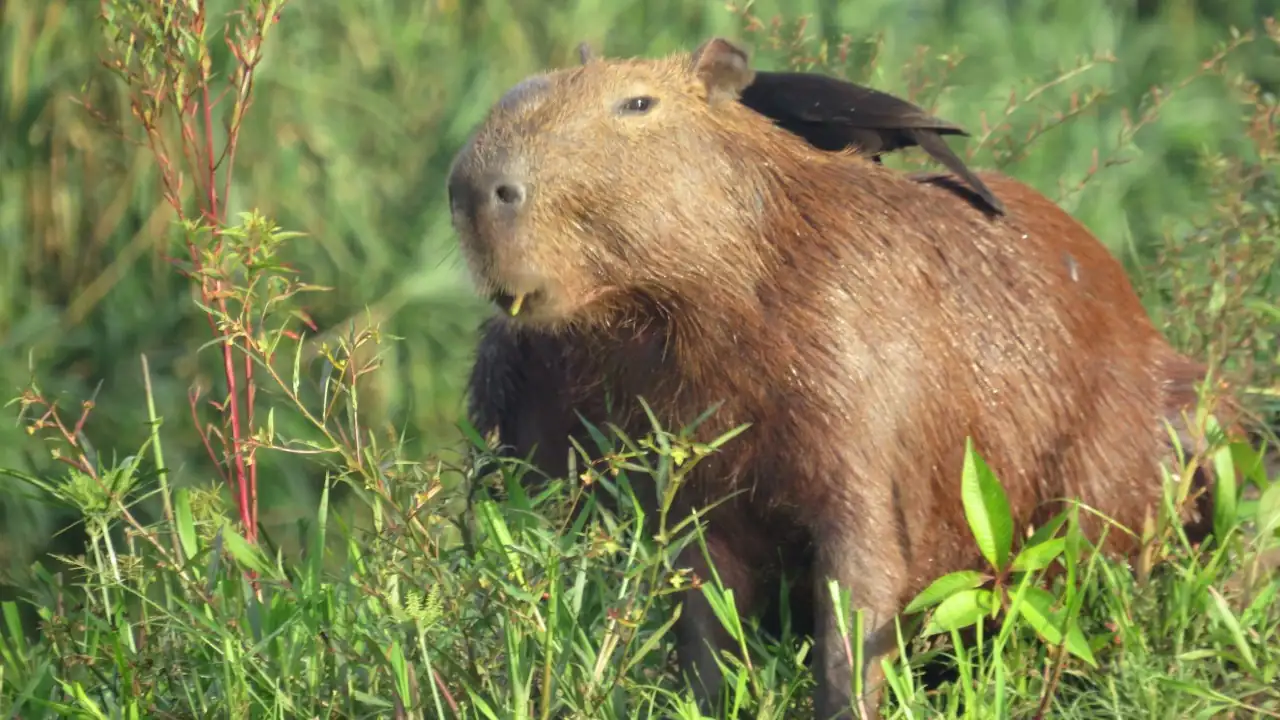
Capybaras are becoming a major draw for ecotourism in Peru. Their gentle nature and photogenic appearance make them a favorite among tourists. Here’s how they’re impacting the tourism industry:
- Ecotourism Hotspots: Places like Navi Fauna are capitalizing on capybara popularity, offering interactive experiences that educate visitors about conservation.
- Cultural Significance: In ancient Incan culture, capybaras were revered as symbols of abundance and fertility. Today, they’re celebrated in local festivals and art.
- Economic Boost: From guided tours to capybara-themed merchandise, these animals are creating new opportunities for local communities.
Conservation Challenges and Efforts
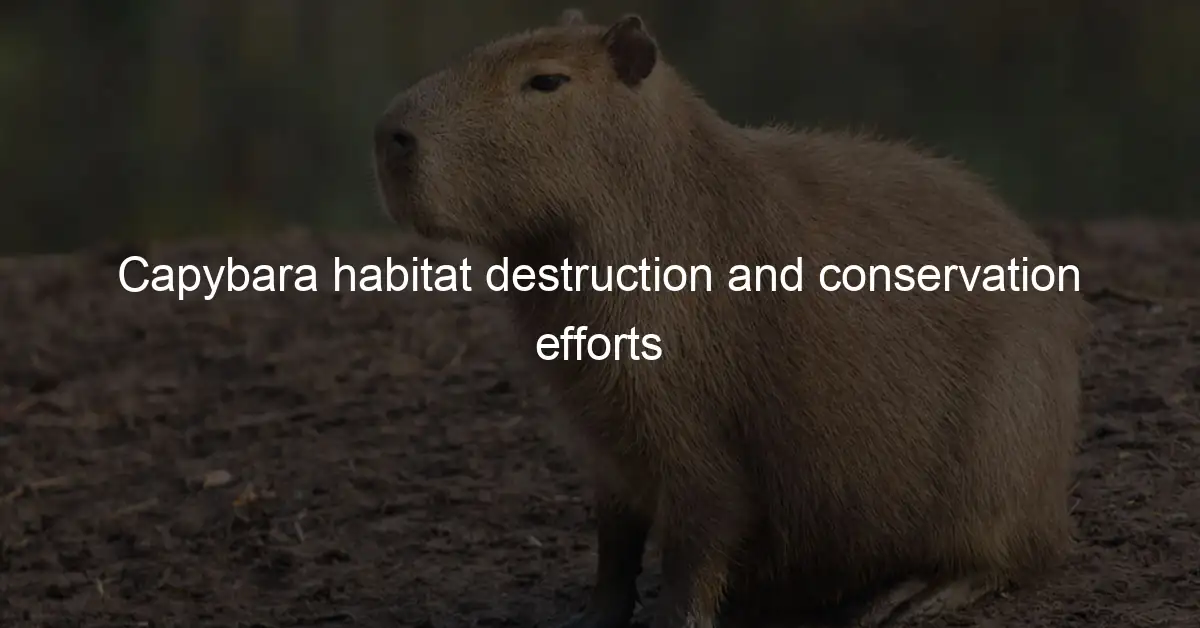
Despite their popularity, capybaras face several threats:
- Habitat Loss: Deforestation and agricultural expansion are shrinking their natural habitats.
- Hunting: Capybaras are hunted for their meat and hides, which are used in traditional clothing and accessories.
- Human Disturbance: Increased tourism can disrupt their natural behavior if not managed responsibly.
To protect capybaras, conservation efforts focus on habitat restoration, anti-poaching measures, and community education. Organizations like SERFOR (Peru’s National Forest and Wildlife Service) are leading the charge.
Fun Facts About Capybaras
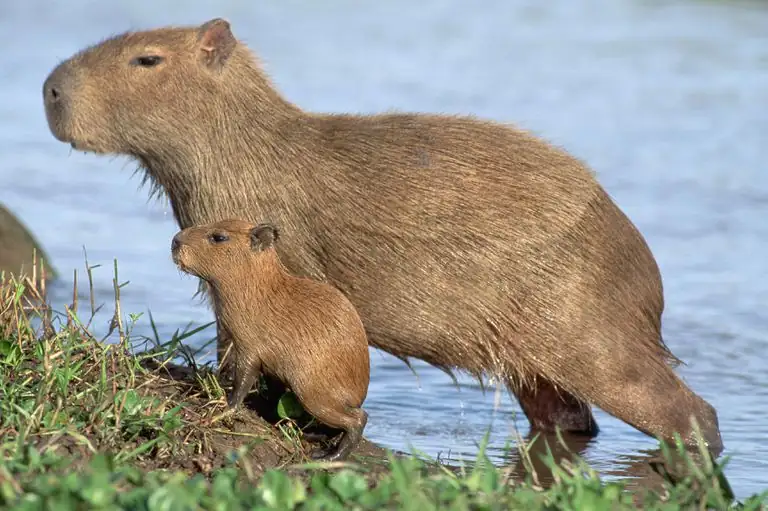
- Mud Baths: Capybaras love rolling in mud to cool down and protect their skin from insects.
- Unique Digestive System: They practice coprophagy (eating their own feces) to extract maximum nutrients from their food.
- Famous Friends: Capybaras are often seen chilling with other animals like turtles and birds, making them the ultimate peacemakers of the animal kingdom.
FAQs About Capybaras in Peru
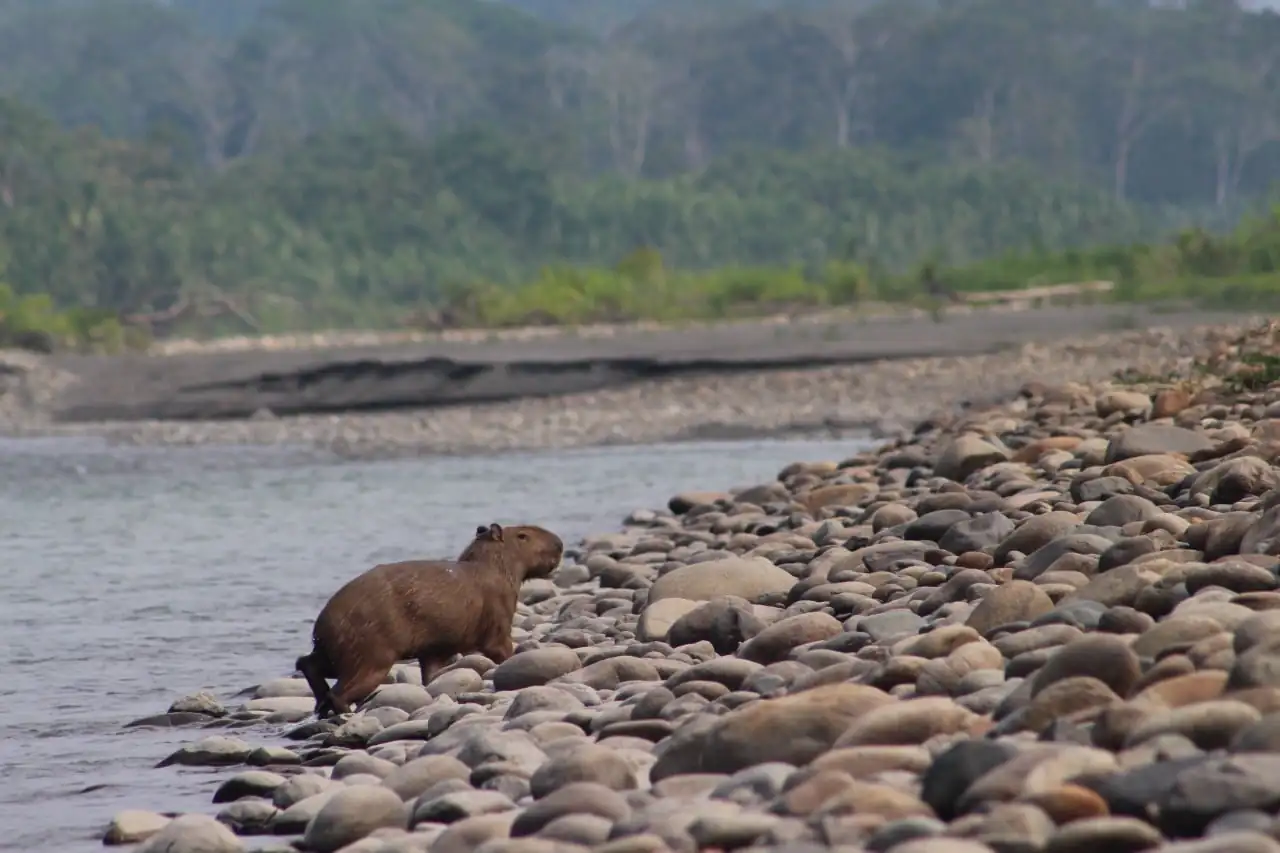
1. Are capybaras dangerous?
Not at all! Capybaras are known for their gentle and friendly nature. They’re more likely to run away than confront humans.
2. Can I pet a capybara in Peru?
At places like Navi Fauna, you can interact with capybaras under supervision. However, it’s important to respect their space and follow guidelines to ensure their well-being.
3. What do capybaras eat?
Capybaras are herbivores, feeding mainly on grasses, aquatic plants, and fruits.
4. Are capybaras endangered?
Currently, capybaras are listed as “Least Concern” by the IUCN. However, local populations may face threats due to habitat loss and hunting.
5. Why are capybaras so popular?
Their unique appearance, social behavior, and gentle demeanor have made them internet sensations and beloved wildlife icons.
Final Thoughts: Why Capybaras Deserve Your Attention
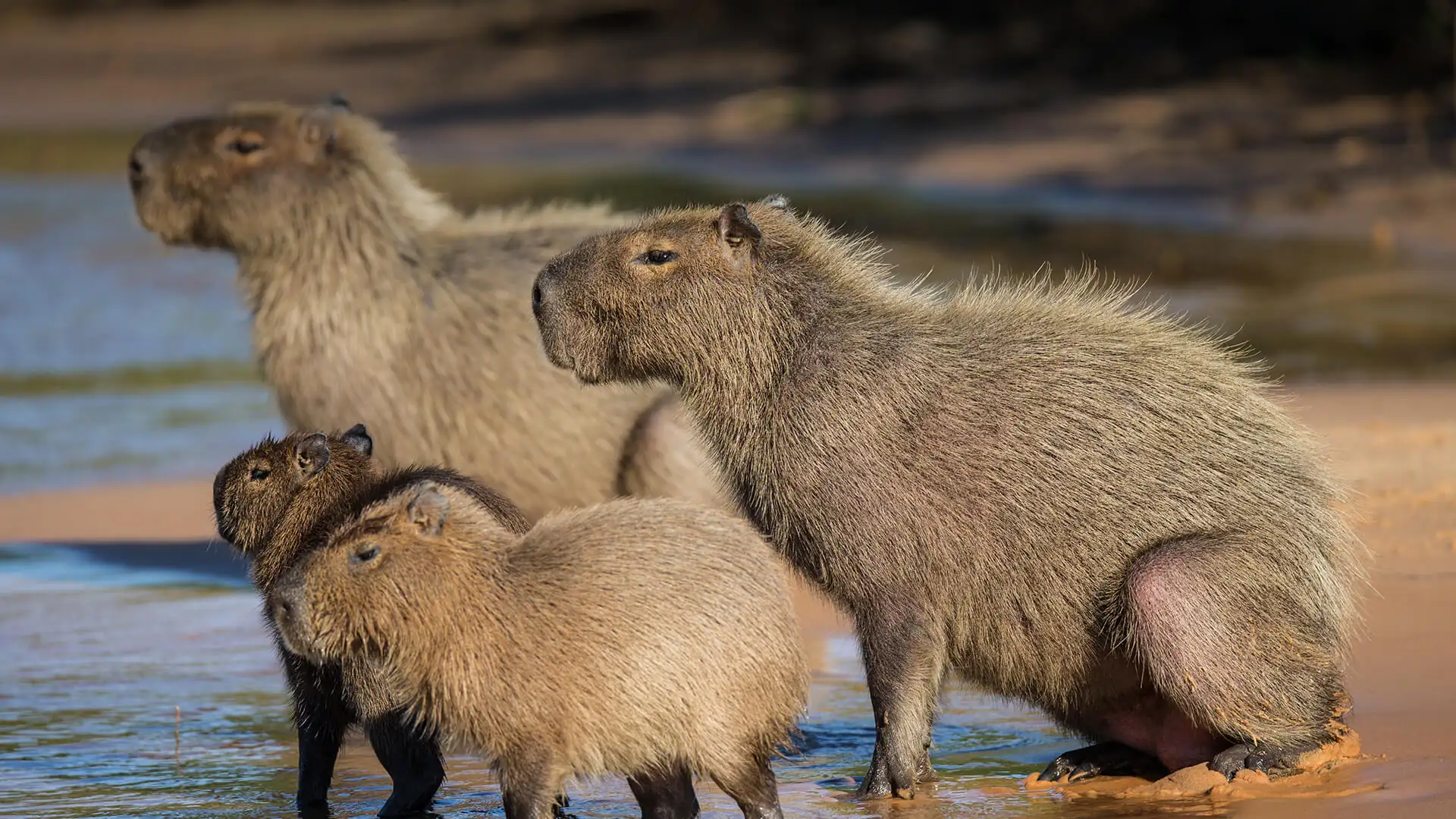
Capybaras are more than just oversized rodents—they’re a testament to Peru’s incredible biodiversity and a reminder of the importance of conservation. Whether you’re a wildlife enthusiast, a nature lover, or just someone looking for a unique travel experience, encountering a capybara Peru is an adventure you won’t forget.
So, the next time you’re planning a trip to Peru, don’t just stick to the usual tourist spots. Venture into the wild, keep an eye out for these gentle giants, and let the magic of the capybara captivate you.
